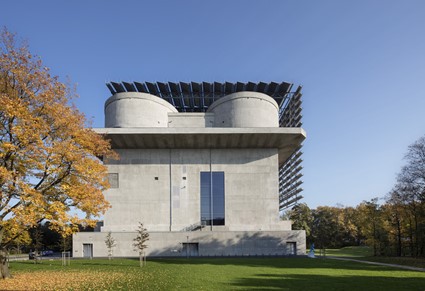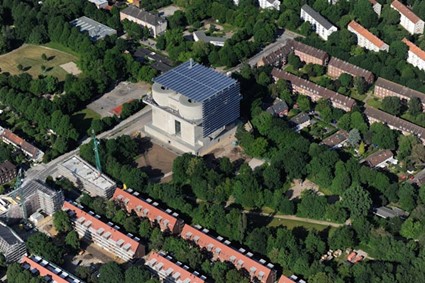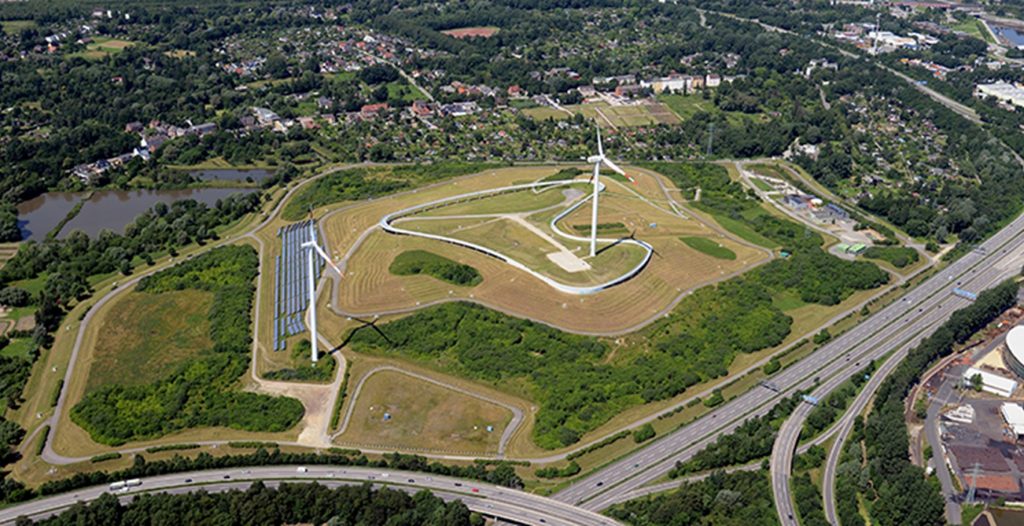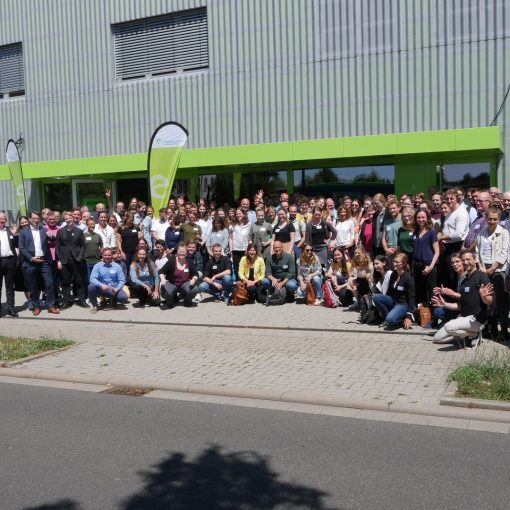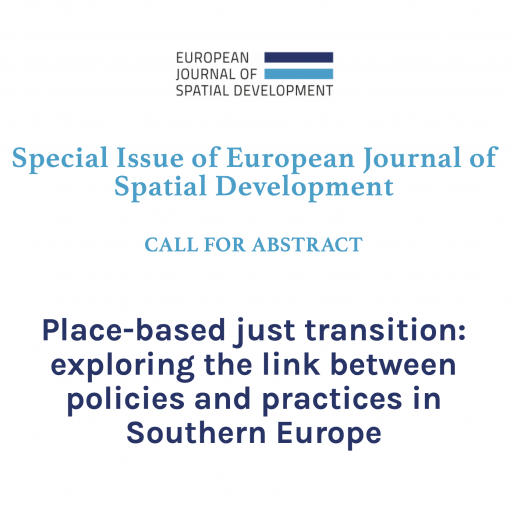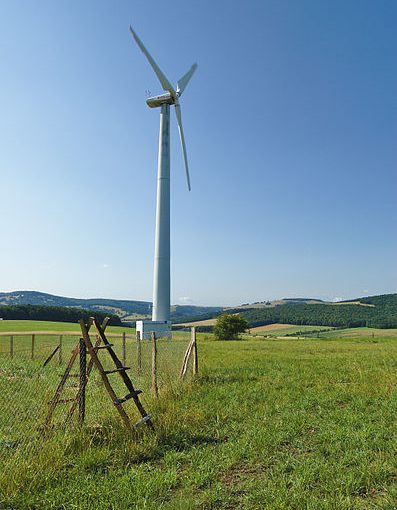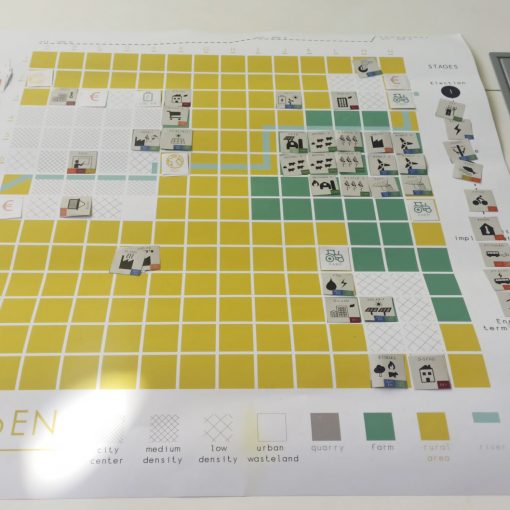The case study Klimaschutzkonzept Erneuerbares Wilhelmsburg focuses on the district of Hamburg-Wilhelmsburg, Germany as an urban area and its development from a neglected district to a field test for local renewable energy production. The Internationale Bauausstellung (IBA = International Building Exhibition) plays a significant role here, due to the initiation and implementation of several projects for the promotion and testing of renewable energy production.
This case study combines several possibilities for the promotion and implementation of renewables in urban areas. A neglected building was transformed into an energy production plant as well as a toxic landfill. Both of them are open to the public for educational and touristic purposes. In addition, the quality of life in a residential areas has been improved by an energetically renovation of the apartment buildings, a restructuring of the floor plans and a participation process to include the residents ideas an wishes. The focus of the measures within the Klimaschutzkonzept Erneuerbare Wilhelmsburg and the IBA was not only on energy saving and the connection to renewable energy and heat sources but also on social inclusion and a more livable Wilhelmsburg. Even after the IBA ended in 2013 the overall goal to supply the district with renewable heat and power was followed up by the city of Hamburg and Hamburg Energie, the local energy supplier.
